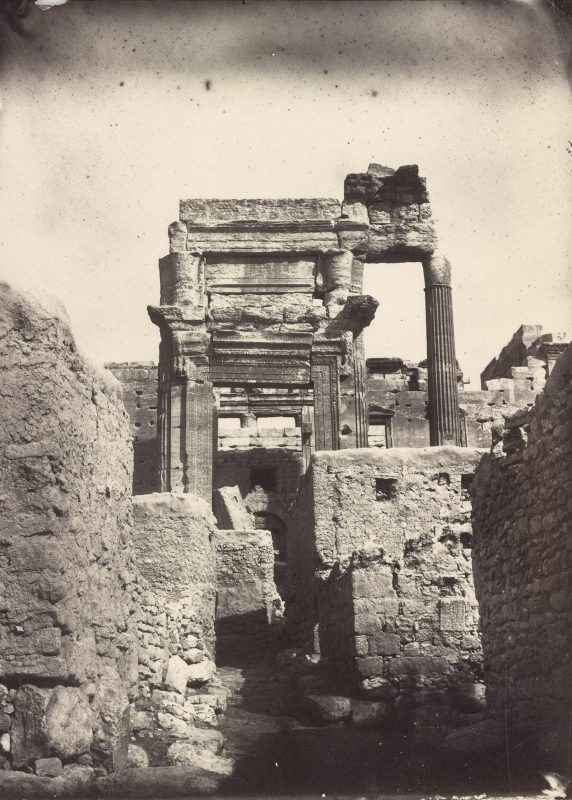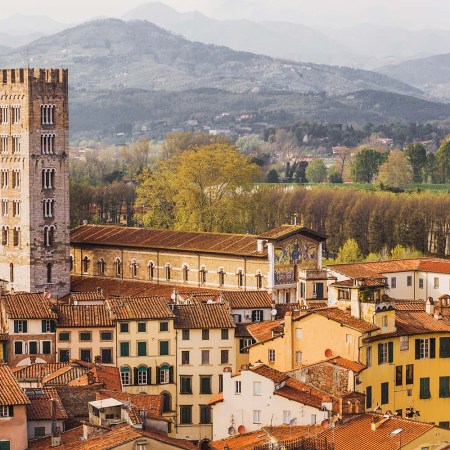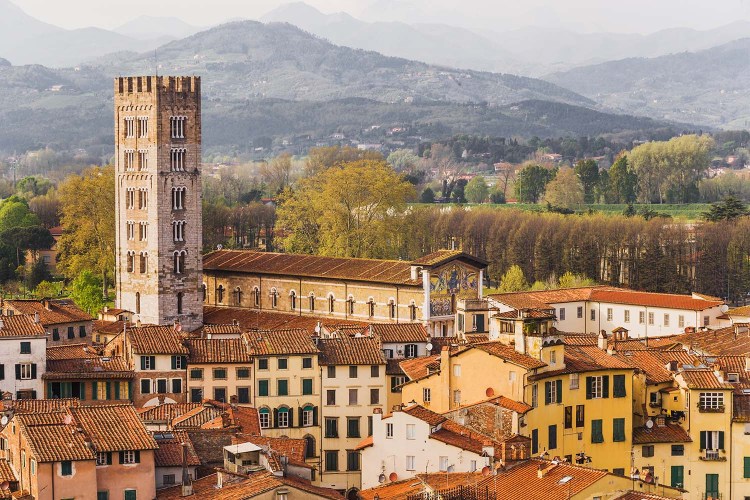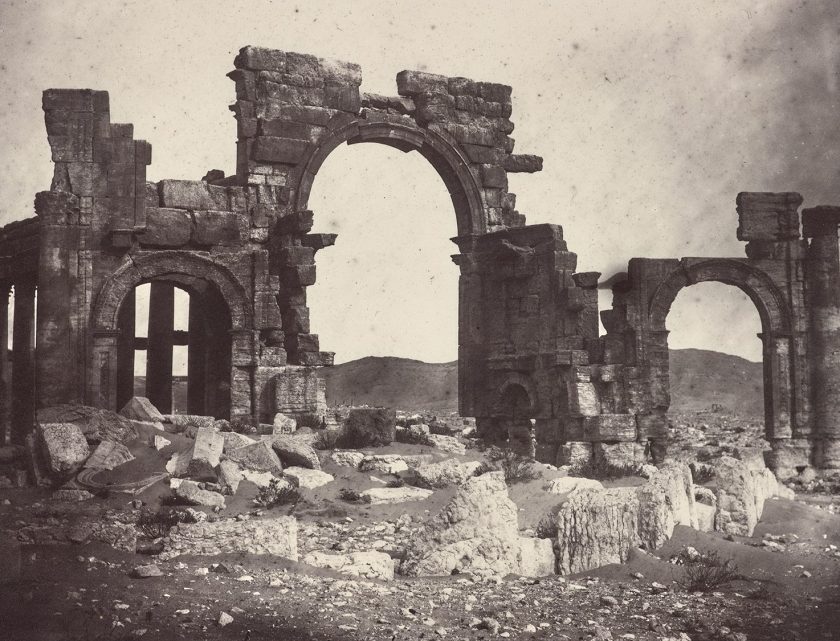
The ancient city of Palmyra was once known for its commerce and culture, but today its ruins, once a popular tourist site, are being destroyed as a civil war rages in Syria. A new Getty Research Institute exhibit depicts the now-damaged archaeological wonders as they stood in 1864.
Though Palmyra reached its high point in the 3rd century BC, it wasn’t until the 17th century, when Western explorers returned to Europe from their expeditions, that knowledge of the site’s historical relevance spread. Piqued by these tales, Louis Vignes joined an expedition to photograph the ancient ruins at Palmyra. Vignes took more than 30 photos, including a series of three-part panoramas. Until the Getty Research Institute acquired them in 2015, few knew the photos existed. It’s since been verified that they are the earliest known images of the site. They also provide a permanent visual record of the now-derelict ruins in Syria.
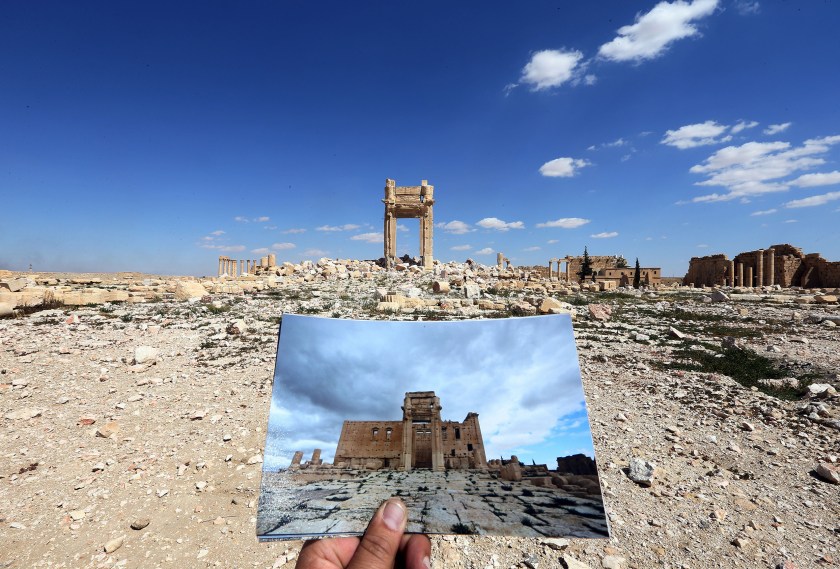
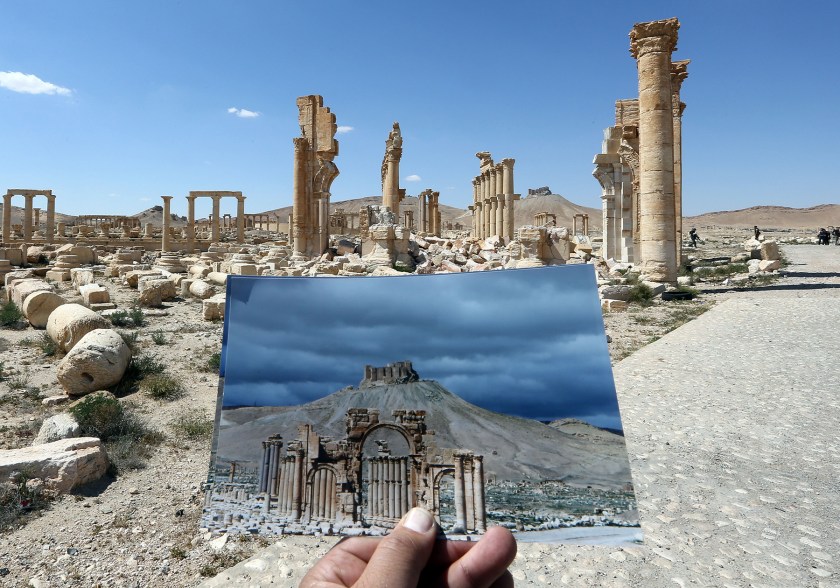
Vignes’ rare photographs are being displayed online by the Getty Research Institute as part of a larger exhibit, with highlights including Louis-Francois Cassas’ 18th-century sketches of the site.

Peter Louis Bonfitto, the exhibition’s curator, said this of the exhibit:
“Positioned at a crossroads, Palmyra was a nexus of ideas and innovations streaming from east and west that made it one of the most cosmopolitan centers in antiquity. The unique style of Palmyra’s architecture and sculpture reveals a blend of artistic influences that reflects its diverse population….Cassas and Vignes employed different techniques to capture the magnitude of this vast ruined landscape; they complemented panoramic views with architectural studies to record the singularity of the monuments.”
See a sample of Vignes’ photographs below.
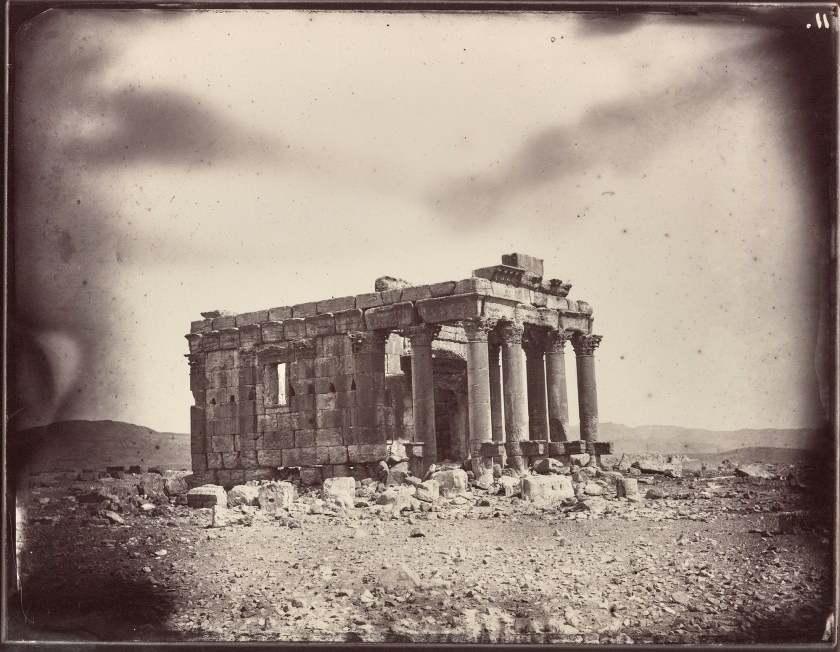
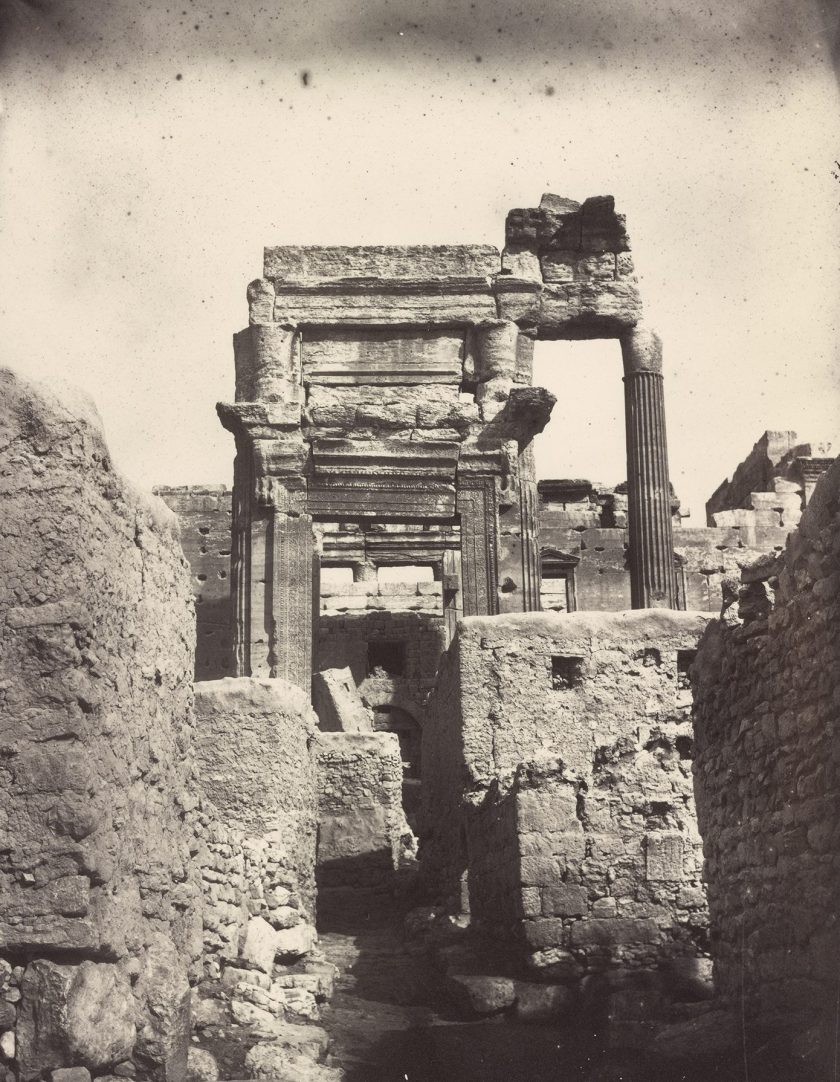

Click here to explore the online exhibition.
—RealClearLife Staff
This article was featured in the InsideHook newsletter. Sign up now.
